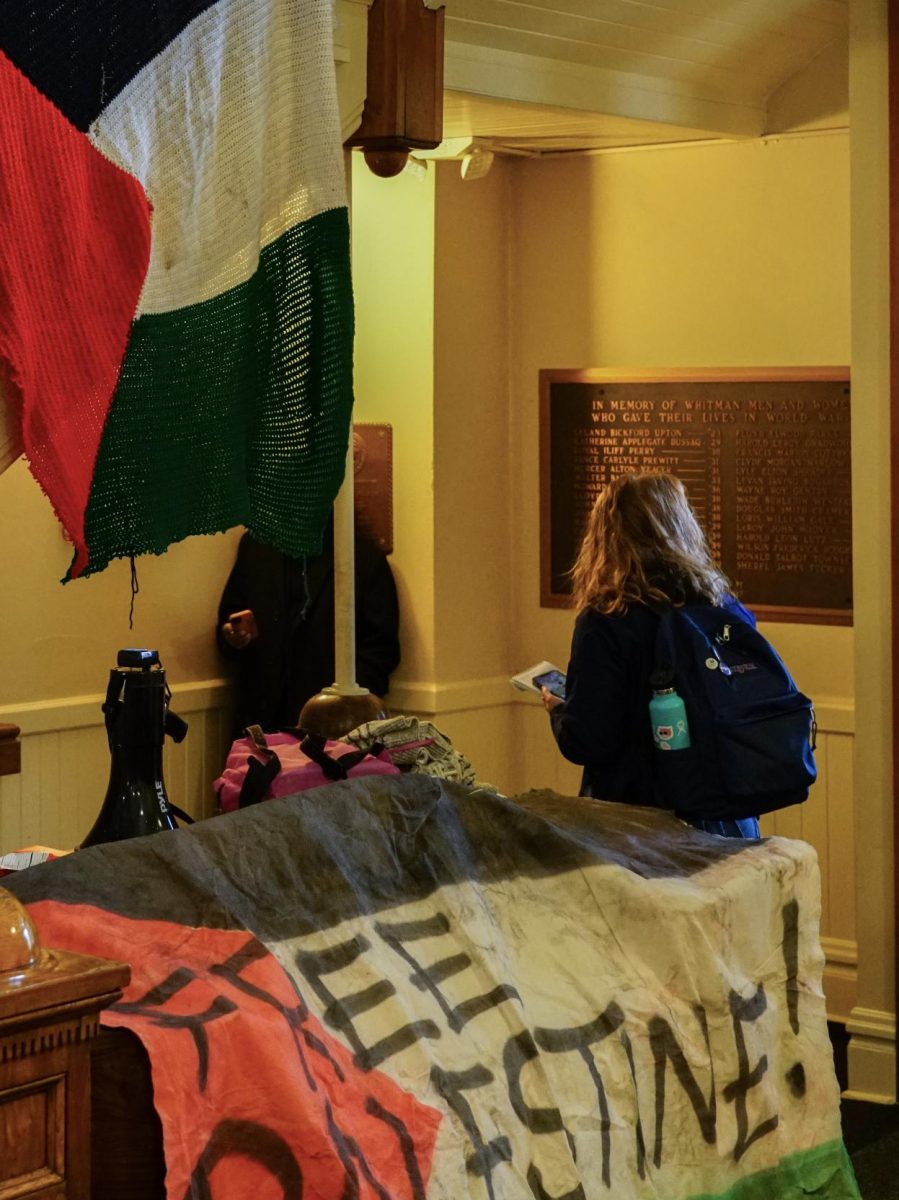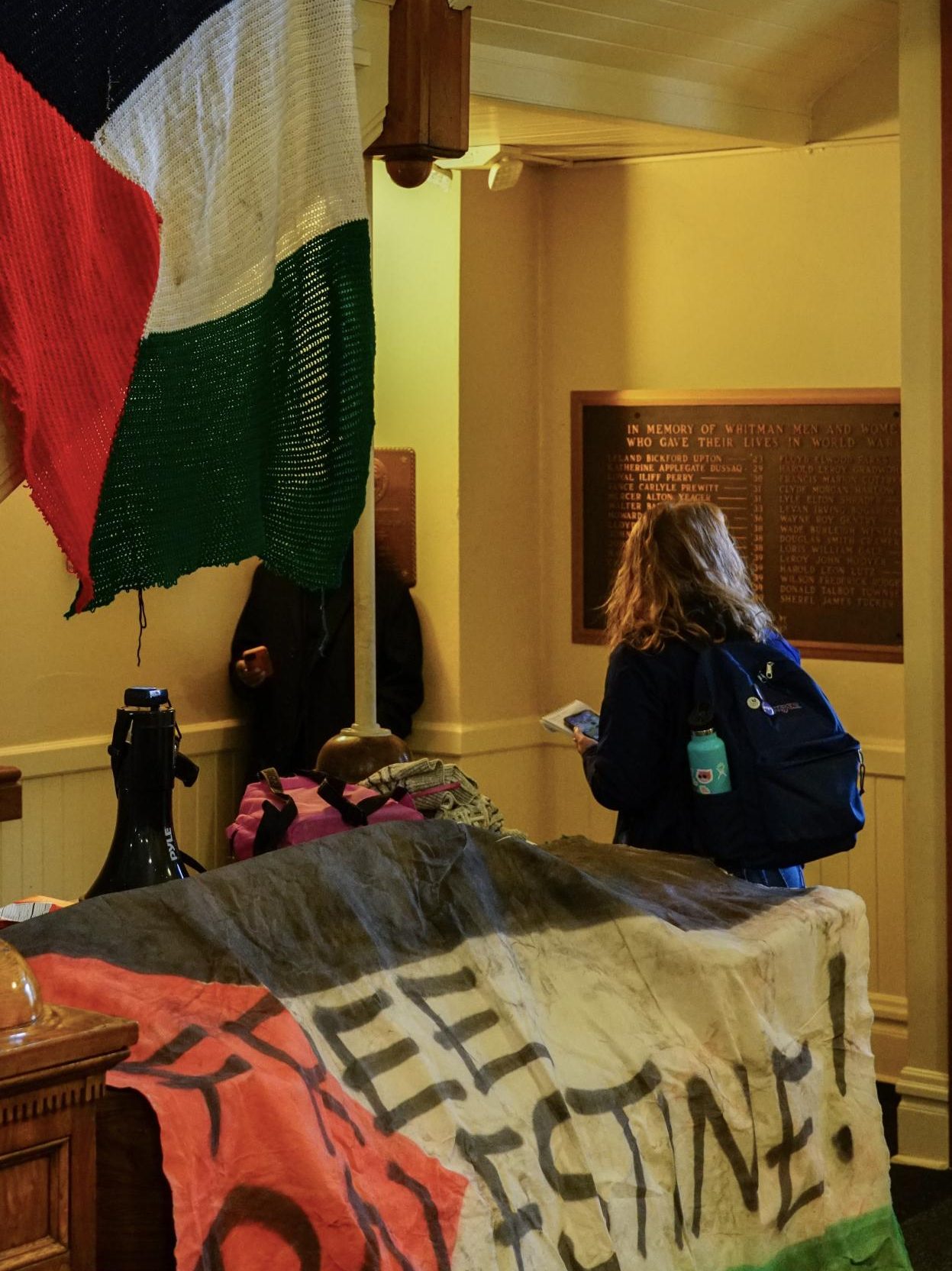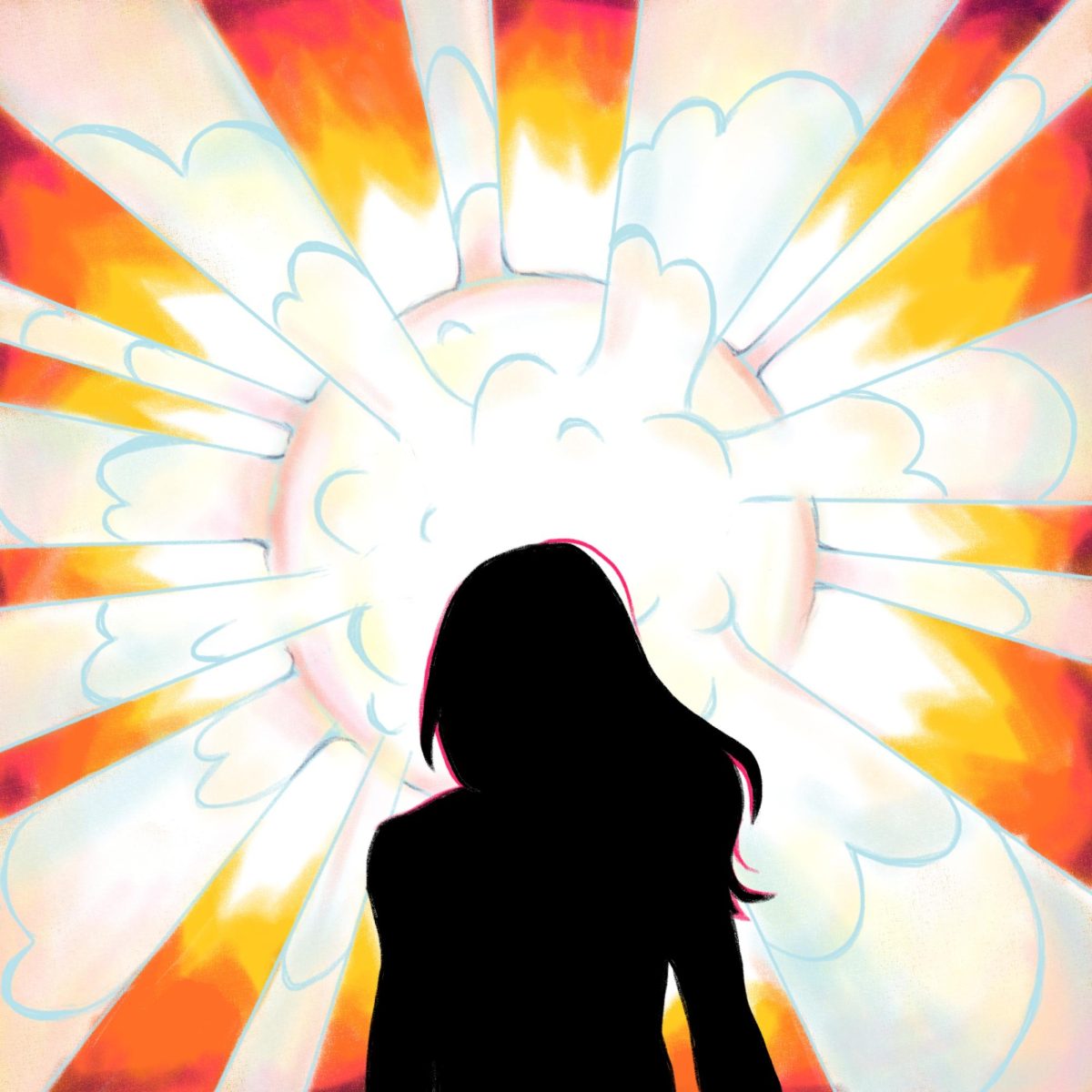In his 2024 Hosokawa Journalism Lecture, Vann R. Newkirk, senior editor at The Atlantic, described journalism as “the first draft of history.” This year, as I’ve straddled the line between historian and journalist, I’ve become acutely aware of how news writing functions and the ways our reporting can be interpreted later. One article, perhaps on the most mundane or everyday occurrences, becomes central to a future argument about how things were.
As a leader of the student press in my senior year, I have often considered my work to tell the stories of the present as a service to the future.
Newspapers are not neutral, and it’s their slant that interests me in them as historical sources: what gets to be advertised as fact? What is folded into a community’s psyche without question? These questions leave me with methodological thoughts as a historian and are a site of concern as a journalist.
As a historian, the backfill happens through secondary sources, sifting through a larger body of work to find patterns. Academics hedge their careers on their ability to uncover what a community’s facts were and why exclusions happened.
As a journalist, I puzzle through questions about the audience. How much does a layman reader need to know in order to read and gain something new? Are there some things that get to go unsaid because explanations feel unnecessary?
Mediating between these two impulses has posed itself as the largest challenge during my tenure as The Wire’s editor-in-chief. We prioritize directness in our pages, and often don’t have time for my own impulse to research. Regardless, I’ve been proud to craft stories of our present that I know have the potential to be the future’s primary sources.
Knowing you’re living through history is one thing; feeling it in your bones is another. It’s not a sensation I was familiar with until last fall, when Whitman Students for Justice in Palestine (WSJP) and the Student Action Coalition (SAC) organized a series of protests urging the College to divest from Israel.
On the morning of October 25, I was told to get to Mem – fast. Students were filing into the building, megaphones and signs in hand, keffiyehs wrapped around shoulders.
That day, between classes and debate practice and regular production night, our first breaking article on student protests in support of Palestine was born. There wasn’t time to hesitate; 1500 words went live less than 24 hours after the initial walkout.
History doesn’t believe in convenient timing.
A month later, we were back on the ground as students settled in for the long haul. For as long as protesters filled the building, Wire reporters would be there in a journalistic capacity, too.
Perhaps we overemphasized our own roles, but for us, it meant that someone else was watching and writing and recording – if not for now, then for a future moment.
In a text thread between the editors that made up the Memorial coverage team, we swapped screenshots and decided how late we would stay if things started to go sideways. Would we be protected if students were considered trespassing in the building? How far would our in-house Canva-made press passes take us? Which descriptor would decide our fates: student or journalist?
Our concerns never actualized, but our worry was well-placed, as recent protests at NYU have seen hundreds of students arrested. In planning for the worst, we hoped for the best.
Natalie Comerford and Nazaaha Penick spent the better part of four days huddled in the Memorial stairwell, verifying quote checks from the steps, interviewing faculty as they dropped off food for students and sending administrators requests for comment, several which remain unresponded to even today, five months later. Sebastian Squire tracked down sources and offered a careful, critical editing eye. As breaking as it was, we didn’t leave polish behind.
I uploaded photos from a bench in Maxey after leaving a faculty candidate teaching demonstration and scheduled the article to release at 6:31 p.m., giving each of the contributing writers a chance to read before it went up.
If journalism is the first draft of history, our coverage left out these moments, the seconds that I as a historian find equally compelling. It’s a story of mass organization, of carefully weighted balancing acts, of ducking to avoid cameras, tracking activity around the building’s edges.
The power of being on the ground was all-encompassing, and as messages between us prove, it was easy to forget that we had a whole paper to get out the following week, not just “another Mem article.”
One of our tasks, as we sifted through photos from the photography team and a set of contributing photographers, was to remove the reporter from the coverage. Anything with too many Wire staffers front and center was a no-go.
In our quest for journalistic neutrality, we tried to divorce the journalist from their setting. That proved to be more difficult than imagined, as Wire-affiliated students played key roles in organizing, and in the case of the November sit-ins, were in the building the entire time.
So, we avoided photos from the stairwell where Nazaaha and Natalie sat for much of the weekend. I was spotted in the foreground by the purple jacket and folded-over notebook.

The journalist was, through our own curation, removed from this moment of rapidly unfolding history.
I know that Newkirk is right – we write the best first draft we can with the information and resources we have. The second draft is a task for the historians of the future, not reporters writing breaking news.





